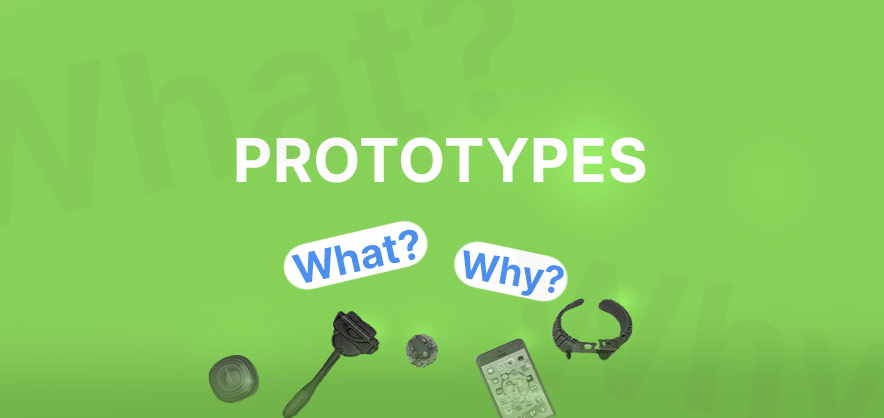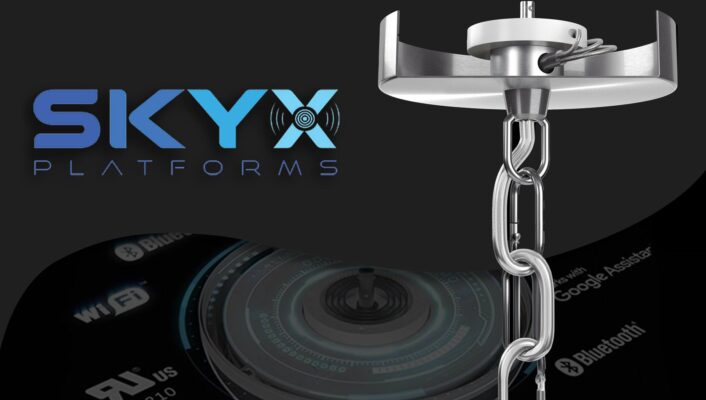Ok, so you’re wondering why is a product prototype important or what is a product prototype. That’s what we’re going to talk about today.
What is a product prototype?
A product prototype is the first version or test version of a product. You’ve probably seen a prototype before. The material or way the prototype gets created depends on what you want to test.
For example, if you want to test its dimensions, only the physical space will need to be tested to ensure all the parts aren’t too big or too small. This type of prototype will probably be hollow and not functional.
Usually, most types of prototypes break down into two categories. So, Prototypes are either used to test functionality or test aesthetics.
Aesthetic Prototypes
Aesthetic prototypes are what they sound like. It is testing the product’s looks. Dimensions, ergonomics, and visual design. These prototypes can be helpful for presentations or photos since they’re built to look “pretty.”
Functionality Prototypes
Functionality-oriented prototypes test mechanisms, durability, reliability, and material strengths. These usually look a bit rougher and “prototype-y” because they are merely used for functionality tests, so appearance isn’t a priority.
Popular Prototyping Methods
3D Printing
Technology has come a long way in the last two decades. One of the marvelous inventions introduced to the world is 3D Printers. These machines can print any part or full model with many different materials. Some commonly used materials are PLA plastics, silicones, nylons, and many more. Here are some examples of various items that are 100% 3d printed.
CNC Machining
CNC stands for computer numerical control. This machine is pretty straightforward. To put it into simple terms, it is a maneuverable motorized tool that often sits on a motorized platform controlled by a computer.
Why Are Product Prototypes Important?
Prototypes are important and necessary in the product development process because they’re the bridging stage between concept and final finished product. Prototypes are useful for testing, Whether it’s functionality or aesthetics. Before manufacturing the final version, the development team uses the prototype to solve all the tweaks and “bugs”.
Another reason prototypes are essential is because you need a prototype to create the final technical specifications, also known as “tech specs.” A manufacturer needs technical specifications to manufacture a product. Think of these as instruction manuals for anybody looking to manufacture a product. These specifications include material types, dimensions, sizes, densities, and any other details needed to replicate a product perfectly every single time.
How Much Do Product Prototypes Cost?
Cost is a tricky question to answer because there are so many types of prototypes with different purposes. With this being said, a general functional prototype can range from $5,000 to $30,000. The most significant factors that play into the cost of a prototype are
• Electronics
• Materials
• Overall Size
• Complexity
Electronics
As you can probably imagine, electronics increase the cost of prototypes. In addition, the electronic complexities range from simple electronics, for example, a simple on/off switch, to heavy electronics, for example, a user interface with complex software controlling electronic systems.
Materials
The type of materials can make a difference in the cost. Simple materials such as plastics, woods, and common metals are usually more cost-effective. Compared to exotic materials such as carbon fiber, superalloys, and titanium.
Here is a list of exotic materials: https://en.wikipedia.org/wiki/Exotic_material
Overall Size
Overall, size is a prominent factor in the cost. How small or big the final product will be. The bigger it is, the more material it requires, and so on.
Complexity
The number of parts and different mechanisms will calculate the complexity of a product. Therefore, the more engineering the development requires, the higher the cost.
How Are Prototypes Tested?
The testing is relative to the environment in which the final product will be used in. For example, if it is a product that will be used in a high activity environment, like sports. The testing will revolve around ensuring durability and reliability. This is done with stress tests like dropping from different heights, applying weights, twisting, and rigidity tests. Other types of tests done are temperature limits and waterproofing.
Related Blog Posts:
https://limecreativedesign.com/blog/product-prototype-6-useful-tips-development/




